Cisco SFP-10G-BXD Compatible 10GBASE-BX10-D BiDi SFP+ 1330nm-TX/1270nm-RX 10km DDM LC SMF Transceiver
Product Highlights
Cisco SFP-10G-BXD Compatible 10GBASE-BX10-D BiDi SFP+ 1330nm-TX/1270nm-RX 10km DDM LC SMF Transceiver
| Cisco Compatible | SFP-10G-BXD | Vendor Name | Mvslink |
| Form Factor | SFP+ | Date Rate | 10Gbps |
| Wavelength | 1330nm-TX/1270nm-RX | Distance | 10km |
| Connector | LC Simplex | Cable Type: | OS2 SMF |
| Transmitter Type | DFB | Receiver Type | PIN |
| TX Power | -5~ 0dBm | Receiver Sensitivity | < -14dBm |
| Power Consumption | <0.8W | Modulation Format: | NRZ |
| DDM | Supported | Bit Error Ratio (BER): | 1E-12 |
| Protocols | Fast Ethernet, Gigabit Fibre Channel, MSA Compliant, SFF-8472 | Commercial Temperature Range | 0 to 70°C (32 to 158°F) |
| Application |
| Warranty | 3 Years |
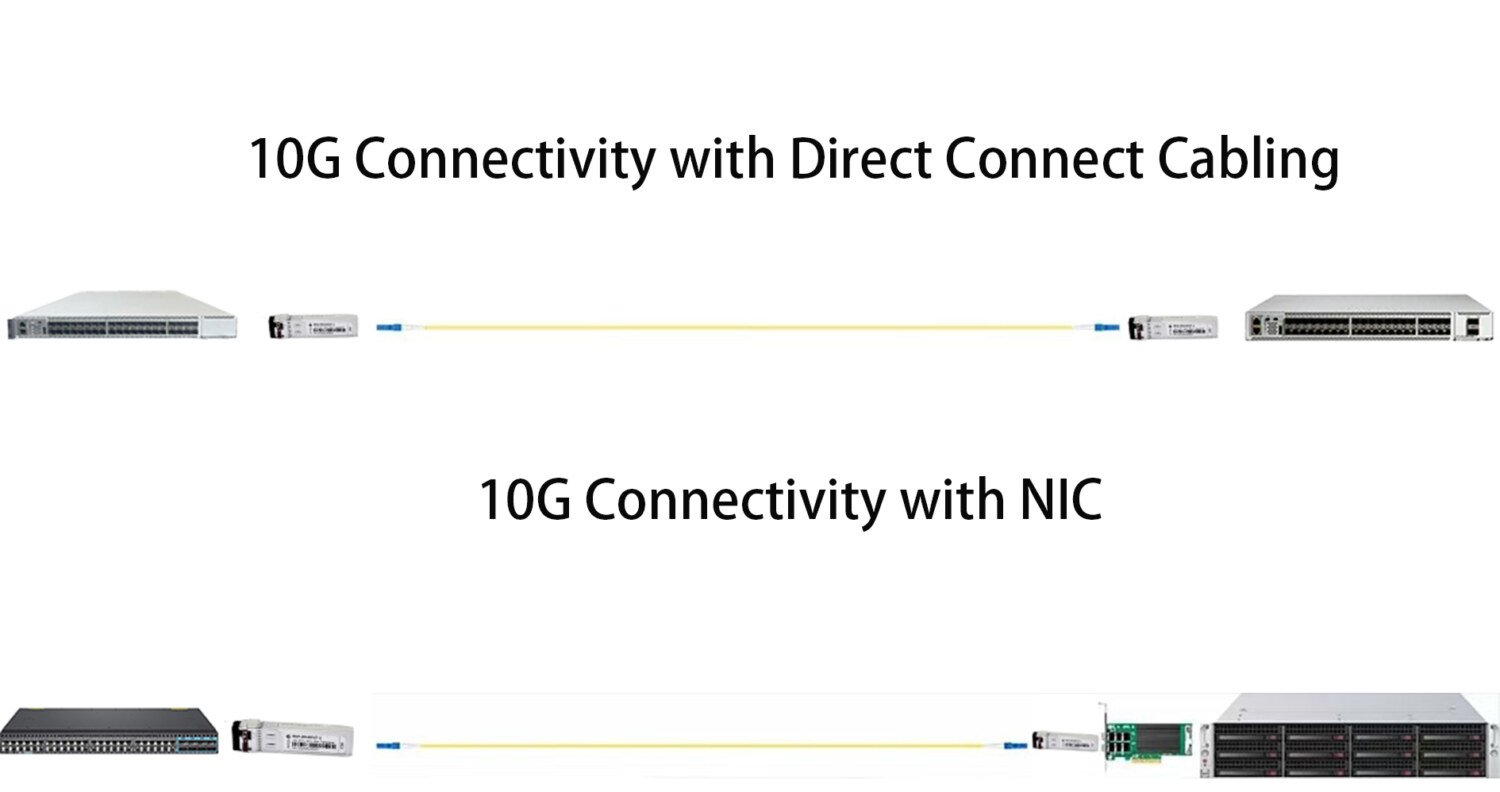
R&D team consists of experts with years of experience in the optical communications industry. Our manufacturers are top-class in the industry and support a product OEM. Installing a third-party transceiver does not affect your network equipment.
We follow the principle of quality first. We strictly control the quality of our products and comply with certification and safety standards. Currently,our products comply with industry standards and mainstream quality certifications, such as ISO 9001, CE, RoHS, FCC, UKCA, and so on.

Besides the price advantage we have compared to branded cables, MVSLINK InfiniBand Cables also maintain the same performance and reliability. To satisfy our customers` needs of high performance, all of our cables are tested multiple times in mainstream original brand switches in our test center before shipped out.
Advanced R&D Center
MVSLINK has an R&D center in Shanghai, focusing on analyzing customer and market needs and working with leading strategic R&D partners.
Quality Assurance
Each product has been tested for compatibility and interoperability on host devices, and has received many international certifications such as ISO, CE, and RoHS.
Customized Coding
All parts can be programmed to meet specific needs and unique codes can be created for customized network solutions.
Compatibility Guarantee
Oporteat vulputate id per. Nec in ignota iisque comprehensam. Ad impedit ceteros aliquando pro. Id mucius sanctus epicurei mea.
Every unit is quality tested for compatibility in the targeted switch environment, which guarantees flawless operations. Prior to shipment, we meticulously code our optical modules and DAC/AOC cables, followed by rigorous testing on the corresponding switches to guarantee 100% compatibility with your system.

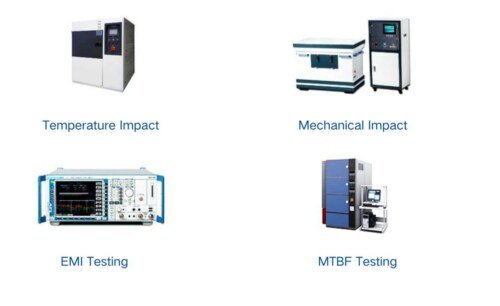

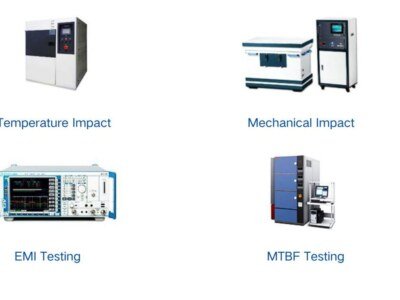


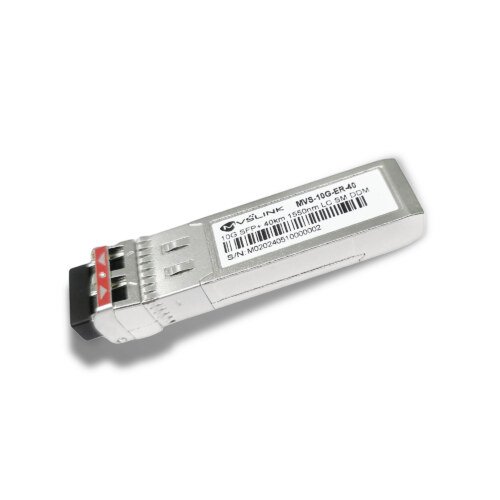
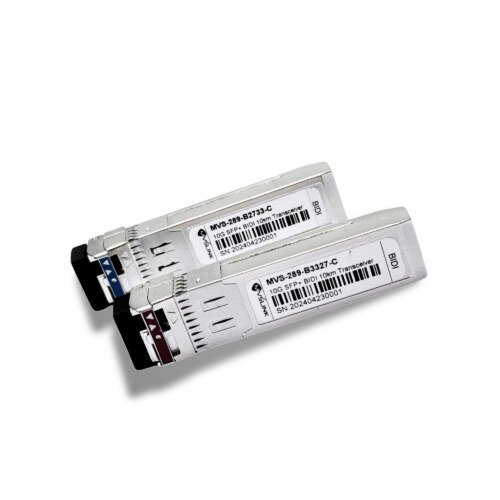
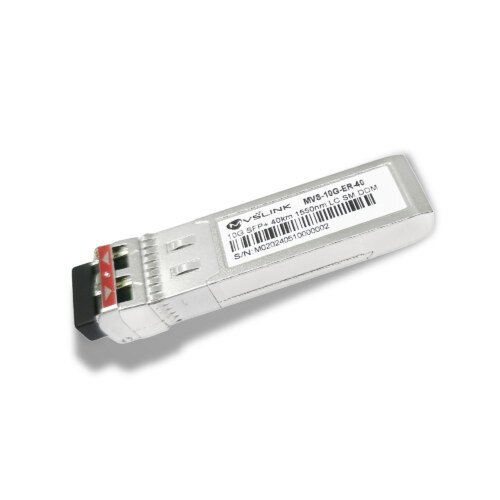

Tel: +86-512-66322111
Email: nicky@mvslinks.com
Add: Room A5019, Building 1, No. 209 Zhuyuan Road, High-tech District, Suzhou

Get Updates And Stay Connected - Subscribe To Our Newsletter
Copyright © 2024 MVSLINK. All Rights Reserved.